

Terminal
Terminals, also known as Command Line Interfaces open shell environments that allow you to:
- Run Commands
- Install packages (after getting a package manager)
Your default CLI usually depends on your operating system.
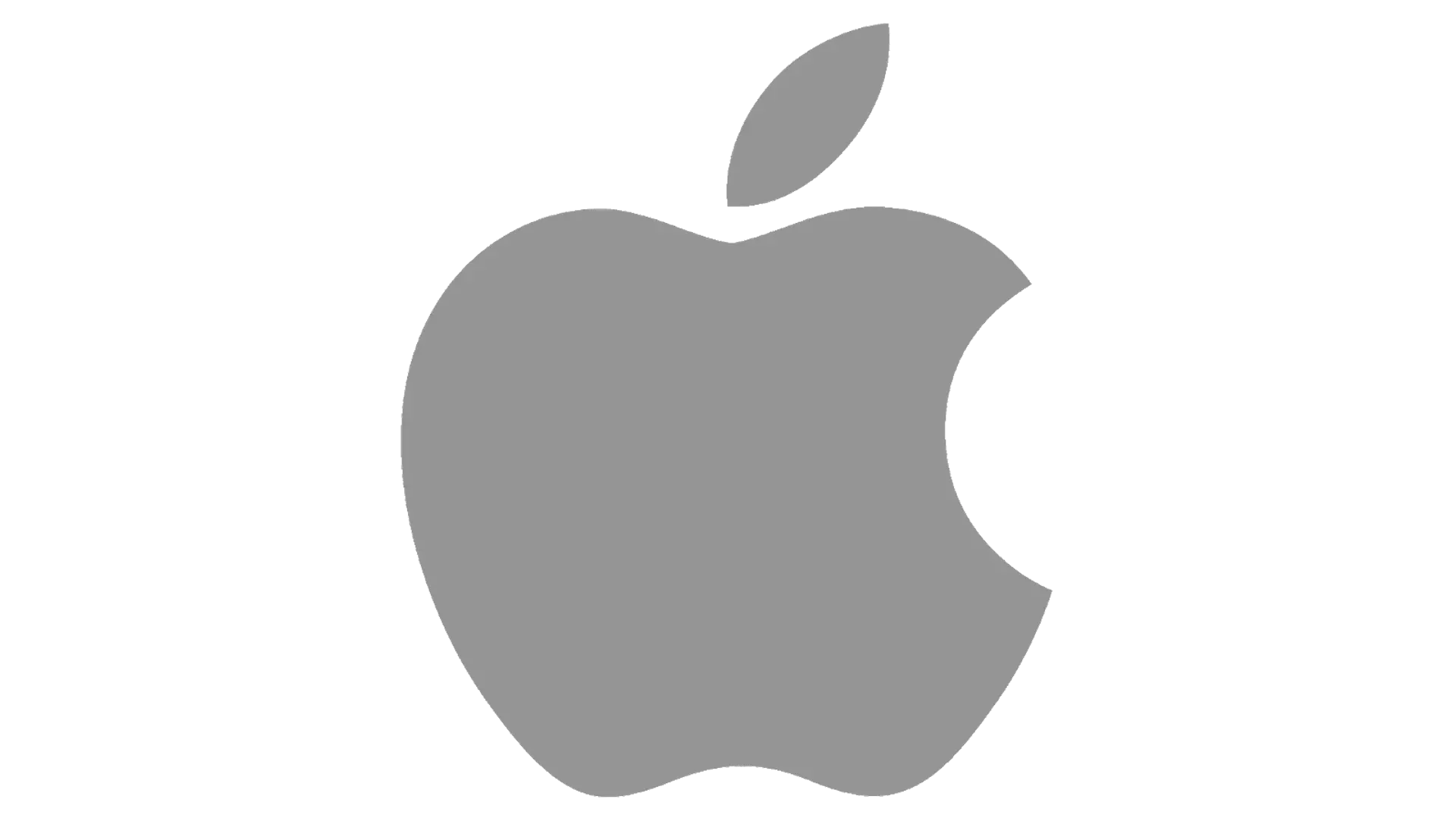
MacOS: Terminal
(The default app runs a shell like zsh or bash)
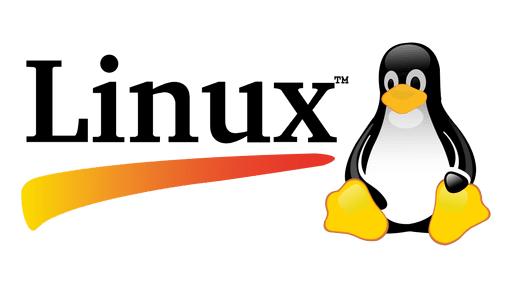
Linux: Terminal
(More shells available, such as fish, etc)
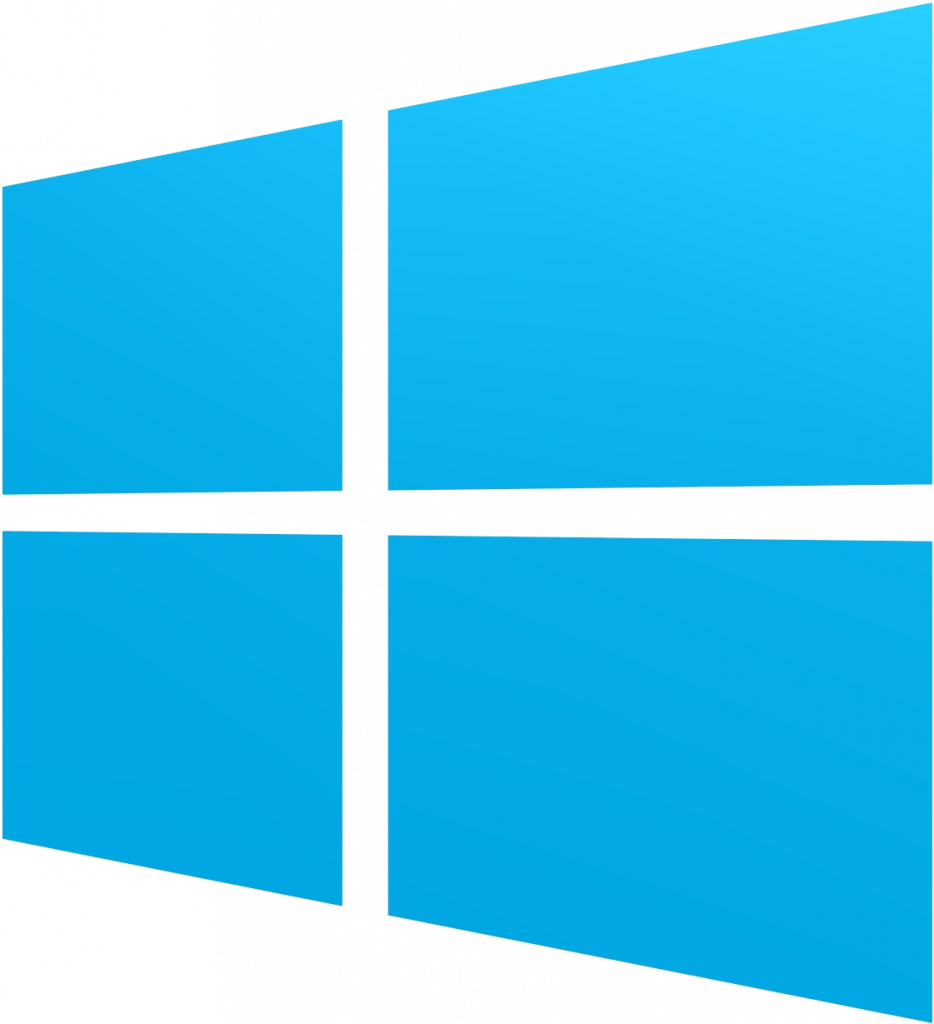
Windows: Command Prompt
Cmd.exe, PowerShell or Windows Terminal
Code Editors
A code editor is a software application to write and edit your code. They often include features such as syntax highlighting, code auto-completion/suggestion and error detection.
Some common code editors include:
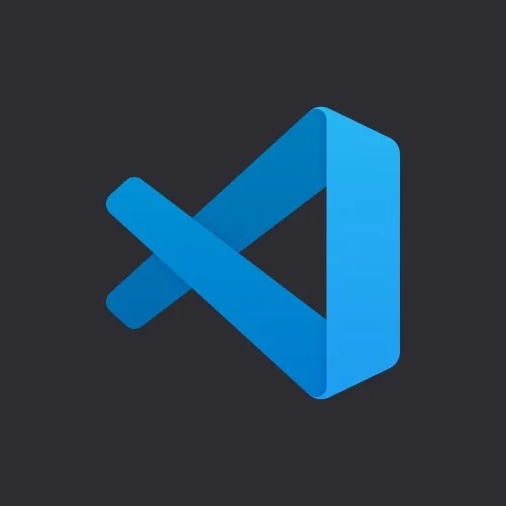
VS code

Sublime Text
Coding Languages

HTML
Hypertext Markup Language
Sets out the structure and content of websites. Code is interpreted by browsers and creates web pages for display.

CSS
Cascading Style Sheets
Allows developers to style and format their content.
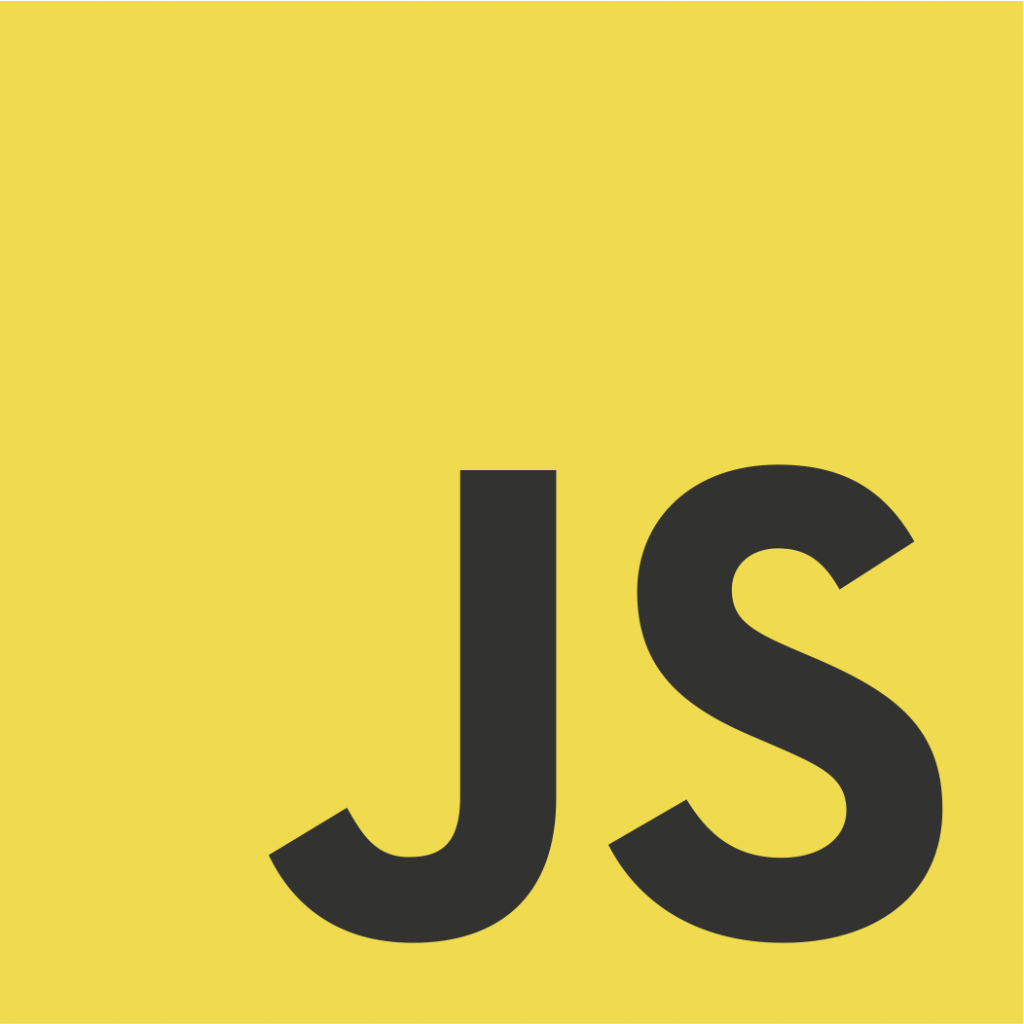
JS
Javascript
Adds dynamic behaviour and interactivity to web pages.
Package Managers
Package Manager will allow you to install frameworks and libraries.
There are different types depending on the type of development environment you want to set up, but npm is a popular package manager while working at a Project-Level.
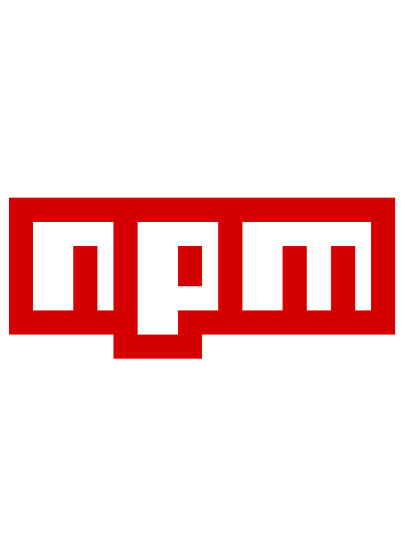
npm
Comes along with Node.js; a popular add-on to JS-based web development.

Yarn
A good alternative to npm.
Frameworks and Libraries
Install a Package Manager in your Terminal to install frameworks and libraries.
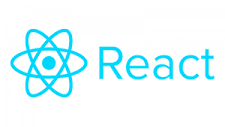
React
Most popular for interactive sites/web apps

Tailwind CSS
Utility-first CSS framework, saves developers from writing a lot of raw CSS

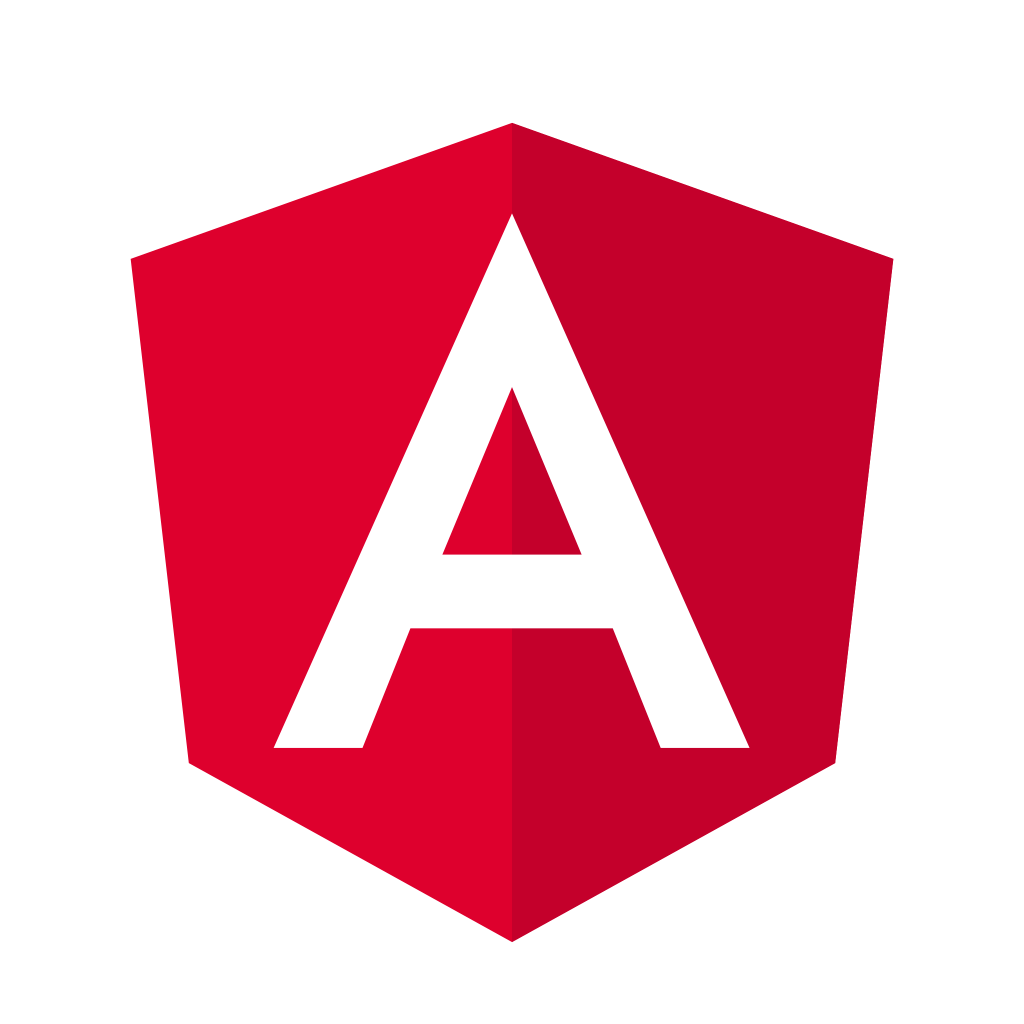
Vue/Angular
Alternatives to React
Other frameworks such as Framer Motion and GSAP aid micro-interactions.
Apps (Mobile)
Choosing the right app development approach often depends on the operating system and the type of experience you want to create. For websites and web apps, the foundation remains the familiar HTML, CSS, and JavaScript stack.
For mobile, frameworks like React Native and Flutter build on these principles to enable cross-platform app development, giving developers the tools to deliver native-like experiences across multiple devices with a single codebase.
By contrast, Swift (for iOS) and Kotlin/Java (for Android) are used for fully native apps, where code is written specifically for one platform to maximize performance and integration.
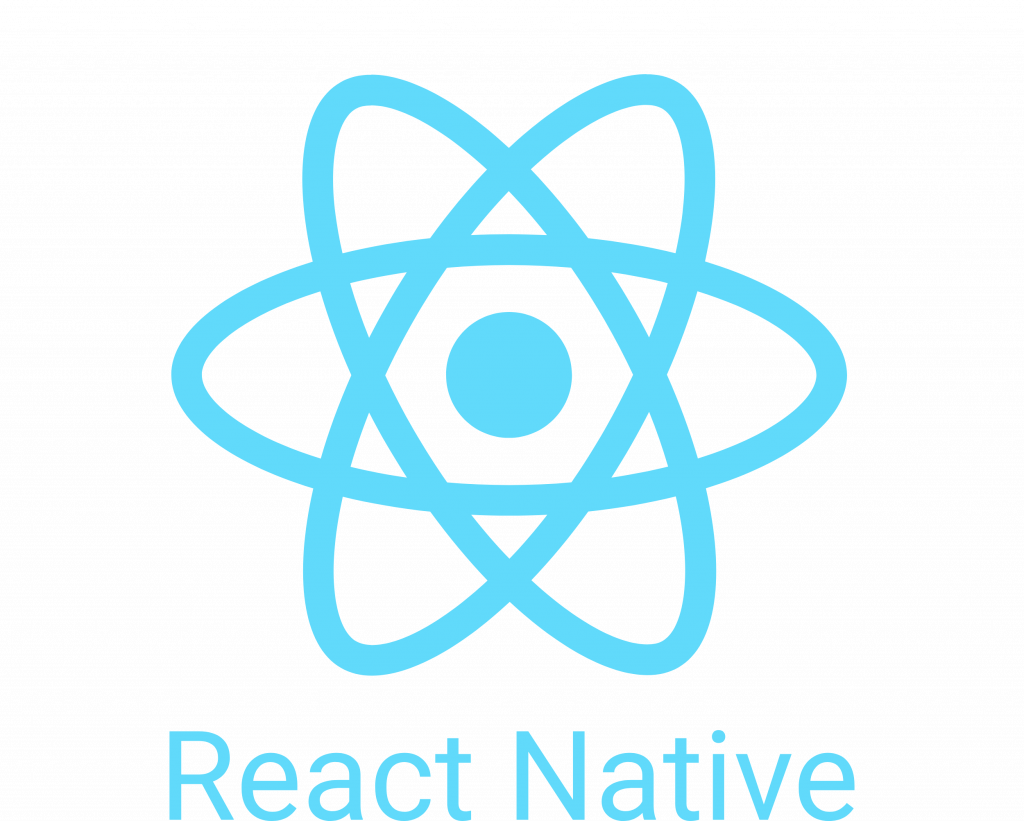
React Native
Javascript-based, makes iOS and Android Apps

Flutter
Google’s Dart-based framework
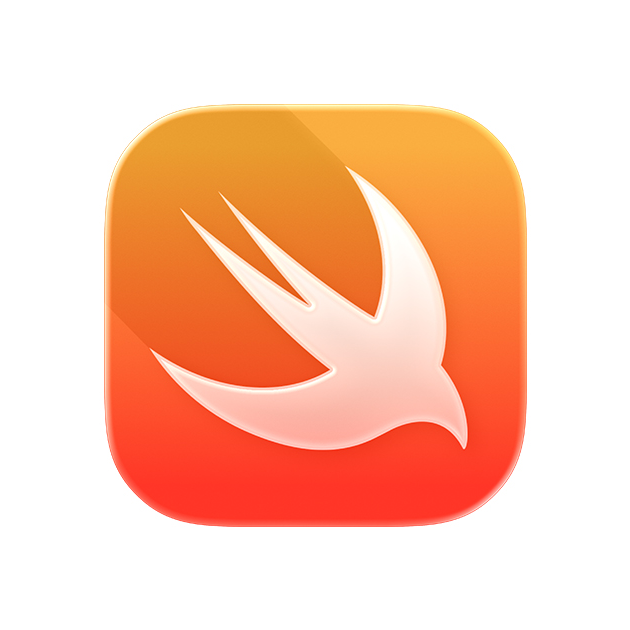
Swift
Native iOS


Kotlin/Java
Native Android
Frameworks such as Framer Motion and GSAP are commonly used to create smooth, engaging micro-interactions, helping interfaces feel more dynamic and intuitive.
Version Control Systems
VCSs are software tools that track and manage changes to files over time, primarily source code, allowing multiple developers to collaborate on project and different features of that project efficiently and safely.
There are different types of version control systems, ranging from centralised, distributed, and hybrid. Choosing among them depends on the specific needs and priorities of your software projects.

As of 2025, Git is the most popular DVCS, known for its speed, efficiency, flexiibility.

Mercurial is a newer alternative.
Both GitHub and GitLab facilitate Git-based version control and collaboration for software development, but they differ in their focus and features.

Github is known for its large and active open-source community, making it a popular choice for public projects and social coding.

Gitlab is more commonly used in enterprise settings due to its security features and compliance standard. A common integrated DevOps platform.
Deployment and Browser Dev Tools

Hosting means storing your website’s files on a server so they can be accessed online.
Once you’ve finished styling and coding your site components, you can use free hosting services like GitHub Pages or Netlify. By connecting your repository, these platforms automatically build and publish your site to the web.
Browser Dev Tools which inspect layouts, debug CSS and test for responsive views can be found online and/or are downloadable as plugins built into Chrome and Firefox.
Integrated Development Environments (IDEs) such as JSfiddle can provide a platform for creating, running, sharing, and testing snippets of interactive web code.
Open Discussion
Food for Thought
- Can we include Artificial Intelligence Coding Assistance as a development tool? How can we develop our discourse to accept the increasing reliance on AI and how would we combat ethical concerns regarding this?
